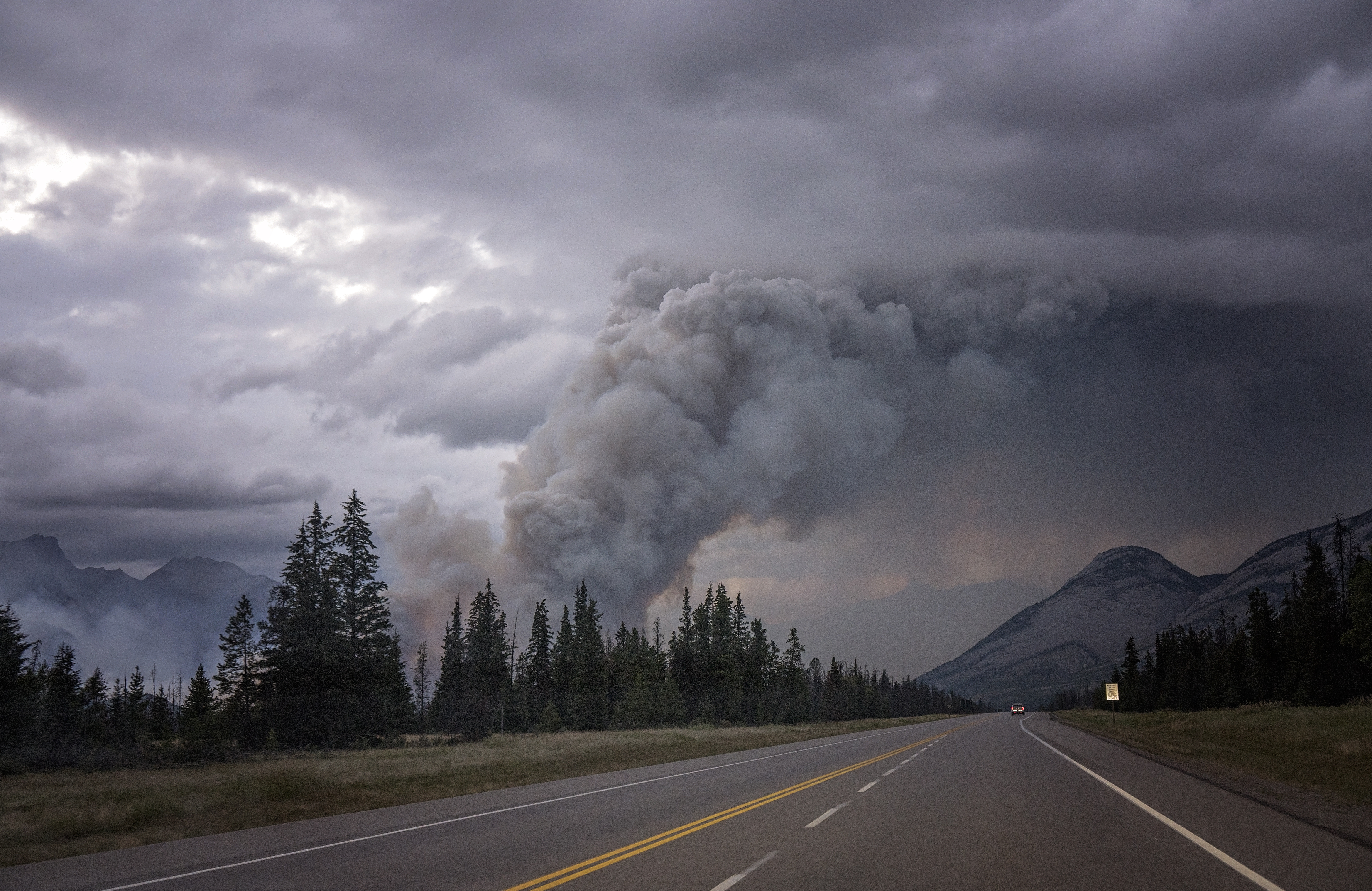Introduction
Wildfires pose a significant threat to lives, property, and the environment. In recent years, the number and intensity of wildfires have increased, necessitating proactive measures to mitigate their impact. One such critical measure is wildfire risk assessment. By comprehensively analyzing historical and real-time data, this assessment enables informed decision-making to prevent and manage wildfires effectively. In this blog post, we will delve into the concept of wildfire risk assessment, its importance, and how it aids in safeguarding communities and ecosystems.
What is Wildfire Risk Assessment and How Does it Work?
Wildfire risk assessment is the process of evaluating the potential risks associated with wildfires and determining the vulnerability of areas to fire outbreaks. It involves analyzing various factors, including weather patterns, terrain characteristics, vegetation density, proximity to fire-prone areas, and historical fire data. By combining these elements, scientists and wildfire management teams can generate risk maps that highlight areas at higher risk of wildfires.
The Role of AI and Big Data Algorithms in Wildfire Risk Assessment
To conduct precise and comprehensive wildfire risk assessments, advanced technologies like AI and big data algorithms are indispensable. With the aid of these technologies, massive datasets can be analyzed in real-time, enabling quick identification of areas prone to wildfires. AI algorithms can process vast amounts of information and identify patterns that would be impossible to discern manually. By integrating weather forecasting models, historical fire data, and satellite imagery, these algorithms can generate accurate risk assessments and provide early warnings.
Benefits of Effective Wildfire Risk Assessment
- Proactive Planning: With comprehensive wildfire risk assessments, fire management teams can develop proactive strategies to prevent wildfires. They can identify vulnerable areas and prioritize resources, such as firefighting equipment and trained personnel, accordingly. This ensures an efficient and timely response to mitigate potential fire outbreaks.
- Community Safety: By understanding wildfire risks, residents and communities can take necessary precautions to protect themselves and their properties. Risk assessments enable authorities to issue timely evacuation warnings in high-risk areas, reducing the chances of fatalities and injuries caused by wildfires.
- Environmental Preservation: Wildfire risk assessment also plays a crucial role in protecting the environment. By identifying areas with high ecological value or sensitive habitats, conservation efforts can be focused on these regions to minimize the impact of wildfires on biodiversity and fragile ecosystems.
Conclusion and Future Outlook
Effective wildfire risk assessment is pivotal for safeguarding communities and ecosystems from the devastating effects of wildfires. As AI and big data technologies continue to advance, risk assessments will become more accurate, enabling better prediction models and response strategies. It is crucial for scientists, policymakers, and communities to embrace these technological advancements and implement proactive measures to prevent, detect, and manage wildfires effectively.
By integrating wildfire risk assessment into our wildfire management strategies, we can save lives, protect property, and preserve our natural resources. Together, let us work towards creating a safer and more resilient future in the face of this escalating threat.


